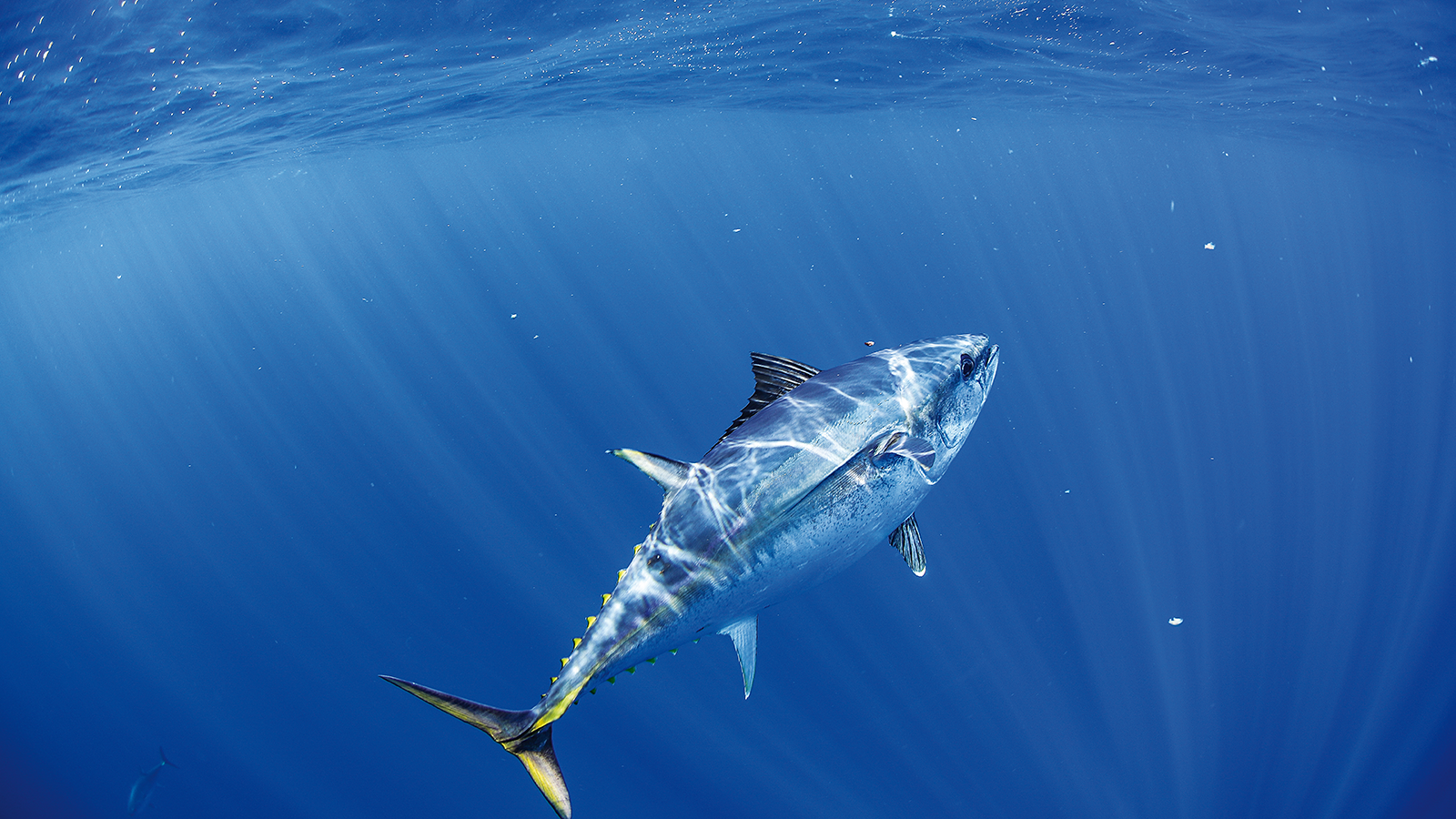Utilisation of GIS spatial statistical methods to assist in the development of ecosystem based fishery management strategies using the Northern Territory demersal and Timor Reef fisheries as case studies
There is a need to develop a holistic approach to fisheries management and to understand what effect fishing has on the entire ecosystem; this is the basis of Ecosystem Based Fishery Management (EBFM). However present methods are not well suited to addressing this problem, hence the need to develop new techniques that can analyse the complex interactions and relationships that occur within an ecosystem. We believe that GIS spatial statistical methods have the potential to address some aspects of this problem. Moreover GIS has the ability to address the additional problem of utilising information that occurs at different spatial scales.
Although many fisheries are multi-species, they are normally managed as if they were single species fisheries, focused on the target species. For more effective management of multi-species fisheries and to meet ESD requirements there is a need to be able to observe what effect management strategies have on the suite of species within a fishery. There is also a need to be able to determine effective “trigger” or “response” points for a fishery, often with only a small amount of biological information. From the preliminary work already undertaken we believe that GIS spatial statistical methods are well suited to meet these requirements and support an Ecosytem Based Fishery Management approach.
There is a need to discern between what effect environmental influences are having on fish catches in order to ascertain whether a decrease in catch rates is due to declining fish stocks or the result of a temporary decrease in catchability due to environmental conditions. The techniques proposed in this application are well suited to determining this.
Present indications are that a decline in abundance of goldband snapper is occurring on small spatial scales in some prime fishing areas in the Timor Sea. Do these declines represent fishing down to sustainable productive levels on local scales or significant reductions relative to the whole of the population? This project will address this need by using all available information to determine areas where goldband snapper is likely to be concentrated.
There is also a need to be able to utilise disparate data sets. This is an important consideration given the high cost of fisheries research and diminishing research budgets. Now researchers must be able to maximise the use of all available data, including historical data. Often this data has been collected on different spatial scales, making analysis difficult using conventional methods. However GIS is well suited to handling data from different sources and on different spatial scales.
There is a need to develop methods of analysing and presenting data that will allow stakeholders to participate more fully in the assessment process. This will also allow scientist to obtain feedback about their interpretation of data earlier in the process rather than when the final report is delivered. We believe GIS spatial statistical methods provide an effective mechanism to facilitate this process, which will allow stakeholders to have greater participation in policy formulation and decision making.












